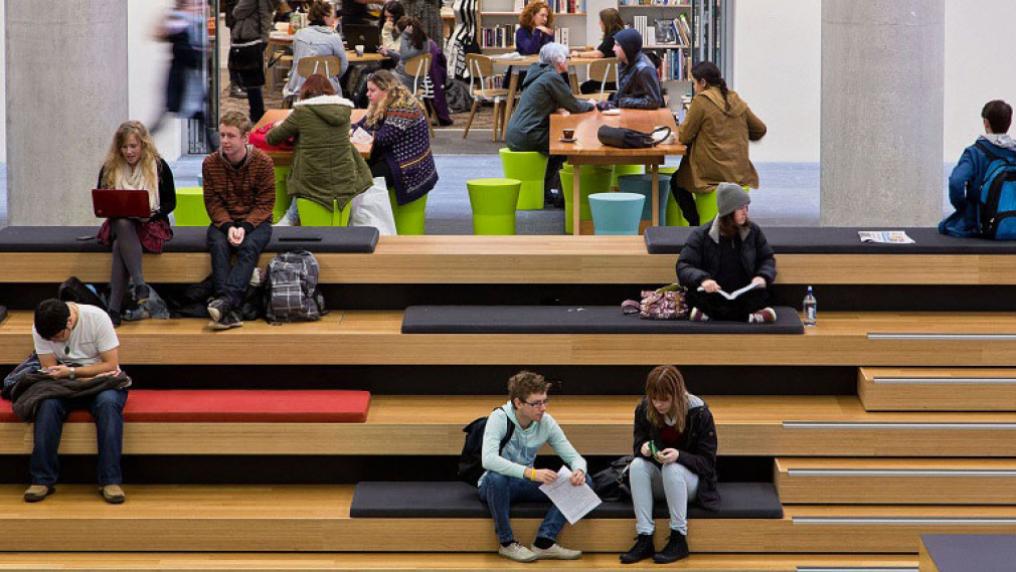All students need access to the world of work at school

Government can do more to improve student outcomes than run schools and set curriculum — they can help schools partner with industry, rebuilding connections between learning and work.
In a discordant employment world, where young people have more formal education than any generation before them but are taking longer to secure full-time work, it is becoming clear young Australians are trying to sell themselves to employers who find their work-related skills lacking.
Employers say they are seeking – and not finding – collaborative young people with problem solving skills, entrepreneurial mindsets and strong STEM skills.
Industry-education partnerships vital
The solution to this quite profound mismatch is to bring industry and education together sooner – and for longer – in partnerships that guide students towards skills needed in the “future of work”.
The way to achieve this is by governments committing to reforms for the digital age.
Australia deserves an education system that acknowledges the complex skills and capabilities young people need for lifelong success and, most importantly, ensures every student across Australia has the opportunity to develop them.
Our new report, Connecting the worlds of learning and work, outlines the benefits of school-industry partnerships where students experience the world of work – but particularly work of the future – long before they leave school.
Partnerships can range from individual schools working with a local employer, to regional economic partnerships involving multiple schools across several industries. Traditional work experience, careers tasting days and mentoring programs can, of course, continue.
Some schools offer great industry experiences but many students are missing out.
If kept flexible, partnerships can be tailored to local contexts. For instance, in areas where there are enduring skill and labour shortages, these partnerships could provide a pipeline of skilled workers – perhaps even with part-time work, on-site training and long term careers paths.
Complicated administrative processes
But Governments need to help all schools prioritise industry partnerships, allowing industry to enter schools and students to easily connect with local industries. There are currently too many barriers such as complicated administrative processes, which stymie these beneficial relationships.
Already, 300 students from three Perth schools are participating in weekly STEM-themed robotics classes, supported by Google.
International studies show a link between engaging with the world of work and improved student outcomes, including in literacy and numeracy, as real world experiences tend to increase students’ overall interest in what they are learning at school. It has also long been known that some students, perhaps many students, learn better by “doing”.
Many students “turn off and tune out” of maths – the foundation of key STEM skills – as early as the age of 10. Rebuilding the connection between learning and doing, and industry and work, may be one way of changing Australia’s poor maths and STEM trajectory.
There are lots of examples of schools around Australia working to bring lessons from industry to students.
Already, 300 students from three Perth schools, two primary and one secondary, are participating in weekly STEM-themed robotics classes, supported by Google. The partnership was facilitated by Australian Schools Plus, a not-for-profit organisation, and involves Google providing funding, expertise and time for its staff, including engineers.
It’s easy to see similar potential in many states and industries. South Australia’s push into solar energy and submarines could benefit from similar partnerships; Victoria’s infrastructure boom offers potential for engineering, logistics and IT skills, and even great national challenges such as climate change and the health of the Great Barrier Reef could provide opportunities for students and industry partners.
Traditionally, practical industry-focused learning was anchored to technical schools and, more recently, through vocational education and training but these links are in sad decline.
The landscape of work has shifted dramatically and permanently. Now is the time for education to walk with industry, to focus on students’ longterm success – well beyond Year 12 and ATARs.
This article was originally published on The Mandarin. Read the original article.



